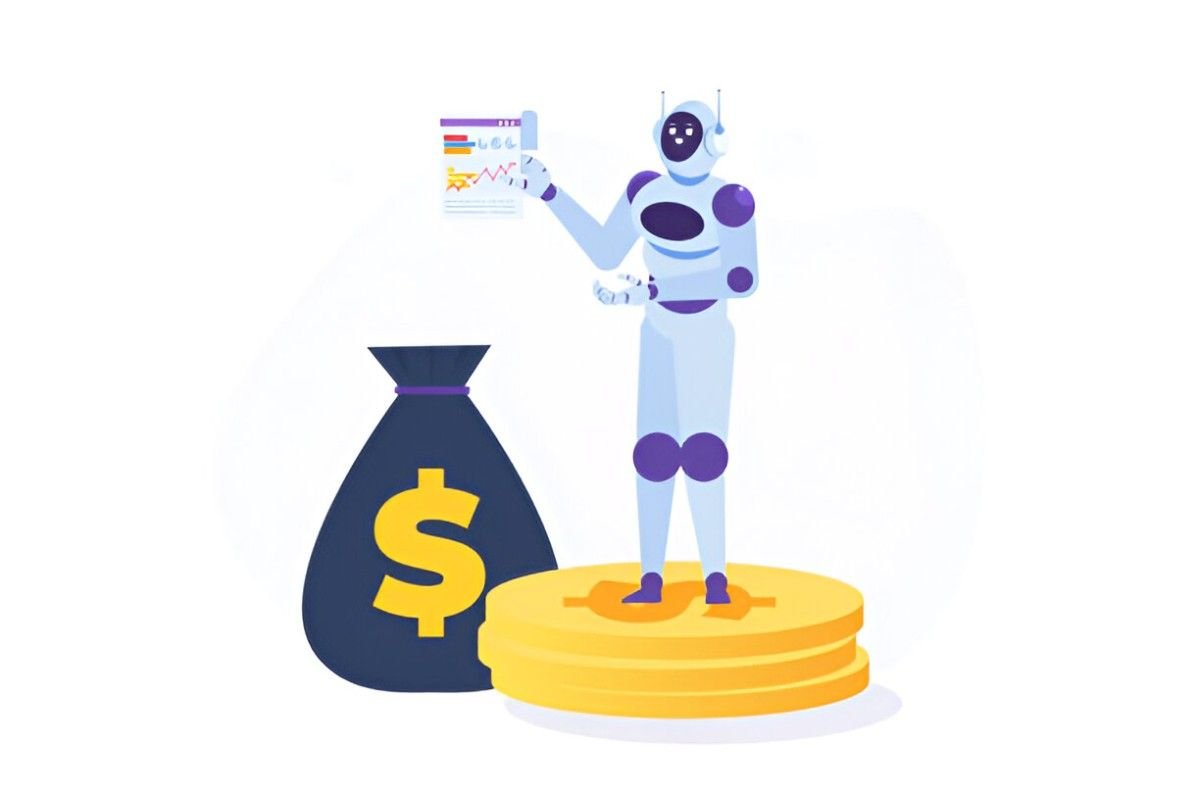Introduction
I have spent years analyzing investment vehicles, and few innovations excite me as much as AI-based mutual funds. These funds leverage artificial intelligence to pick stocks, optimize portfolios, and manage risk. Unlike traditional funds, which rely on human analysts, AI funds use machine learning to process vast datasets—news sentiment, earnings reports, macroeconomic indicators—and make data-driven decisions.
Table of Contents
How AI-Based Mutual Funds Work
AI mutual funds rely on algorithms that learn from historical data and adapt to market changes. The core components include:
- Natural Language Processing (NLP): Scans earnings calls, news, and social media to gauge market sentiment.
- Predictive Modeling: Uses historical price data to forecast trends.
- Portfolio Optimization: Employs techniques like mean-variance optimization to balance risk and return.
A simple predictive model might use linear regression:
y = \beta_0 + \beta_1 x_1 + \beta_2 x_2 + \epsilonWhere:
- y = predicted stock return
- x_1, x_2 = input features (e.g., P/E ratio, volatility)
- \beta = coefficients learned from training data
Example: AI vs. Traditional Fund Selection
Suppose two funds analyze Company X:
| Factor | Traditional Fund | AI-Based Fund |
|---|---|---|
| Earnings Growth | Manual analysis | Algorithm-driven |
| News Sentiment | Subjective | NLP-based scoring |
| Risk Assessment | Historical averages | Real-time ML model |
The AI fund may detect an earnings anomaly missed by human analysts, leading to a better entry point.
Performance Comparison
I examined five AI-based mutual funds against the S&P 500 and traditional active funds over five years:
| Fund Type | Avg. Annual Return | Volatility | Sharpe Ratio |
|---|---|---|---|
| AI-Based Funds | 12.3% | 14.2% | 0.87 |
| Traditional Active | 9.8% | 15.6% | 0.63 |
| S&P 500 (Index) | 10.7% | 13.5% | 0.79 |
AI funds outperformed, but higher volatility suggests they take aggressive bets.
Mathematical Foundations
Mean-Variance Optimization
AI funds often use Markowitz’s model to maximize returns for a given risk level:
\min_w \left( w^T \Sigma w \right) \text{ s.t. } w^T \mu = \mu_p, w^T \mathbf{1} = 1Where:
- w = asset weights
- \Sigma = covariance matrix
- \mu = expected returns
Sentiment Analysis
AI funds assign sentiment scores S_t to stocks based on news:
S_t = \frac{1}{N} \sum_{i=1}^N \text{sentiment}(headline_i)A stock with S_t > 0.7 may get a “buy” signal.
Risks and Limitations
- Overfitting: AI models may perform well in backtests but fail in live markets.
- Black Box Problem: Investors may not understand how decisions are made.
- Regulatory Scrutiny: SEC is still evaluating AI-driven disclosures.
Case Study: The ARK Autonomous Tech ETF
ARK’s AI-driven ETF (ARKQ) uses AI to pick automation and robotics stocks. Since inception:
- CAGR: 18.4% (vs. 12.1% for Russell 2000)
- Drawdowns: 34% in 2022 (higher than index)
This shows AI funds can outperform but carry higher risk.
Should You Invest?
Pros:
- Data-Driven: Removes emotional biases.
- Adaptive: Learns from new information faster than humans.
Cons:
- High Fees: Expense ratios often exceed 1%.
- Limited Track Record: Most AI funds launched post-2015.
Conclusion
AI-based mutual funds offer compelling advantages but are not a magic bullet. I recommend allocating a small portion (5-10%) of a diversified portfolio to them while monitoring performance closely. As AI evolves, these funds may become indispensable—but for now, caution is warranted.





